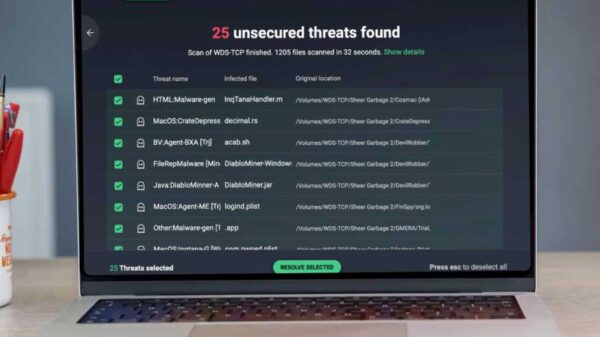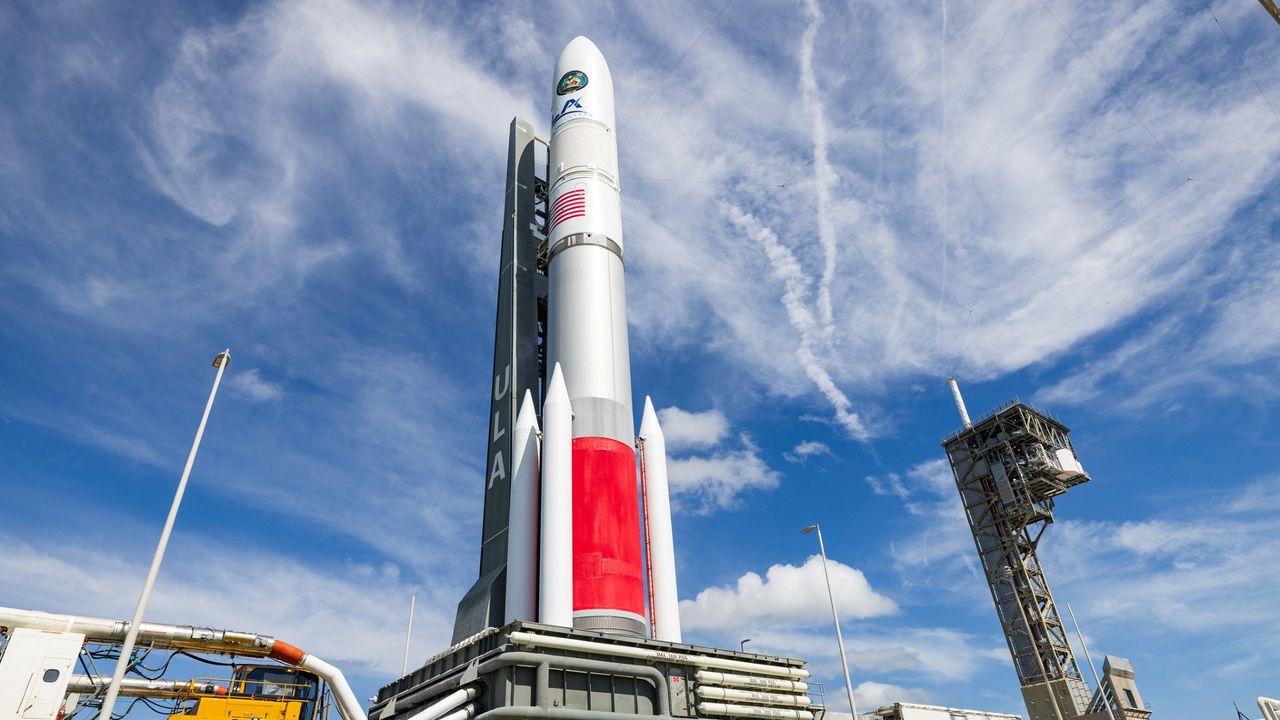On August 12, 2025, the United Launch Alliance (ULA) successfully launched its most powerful rocket to date, the Vulcan Centaur, carrying an experimental military satellite for the U.S. military. Liftoff occurred at 19:59 ET (23:59 GMT) from Space Launch Complex 41 at Cape Canaveral Space Force Station in Florida, marking a significant milestone for ULA and its capabilities in national security launches.
The mission utilized the Vulcan Centaur’s advanced design, featuring four side-mounted solid rocket boosters to generate the necessary thrust for placing the payload into geosynchronous orbit. This launch represented one of ULA’s longest missions, spanning over 22,000 miles (approximately 35,000 kilometers) and lasting about seven hours.
Military Innovation in Space
The payload for this mission is the Navigation Technology Satellite-3 (NTS-3), the first experimental navigation satellite launched by the U.S. military in 48 years. This satellite is classified as a position, navigation, and timing (PNT) satellite, providing data akin to that of the widely used GPS system. The satellite is designed to explore various new technologies aimed at enhancing resilience against jamming and spoofing threats.
According to Andrew Builta, a representative from L3Harris Technologies, which serves as the prime contractor for the PNT payload, NTS-3 features a phased array antenna capable of focusing powerful beams to ground forces. This technology is crucial as GPS jamming has emerged as a significant challenge for both military operations and commercial satellite services. The satellite will conduct experiments to assess the effectiveness of these new technologies in countering such threats.
Additionally, the satellite boasts a software architecture that enables it to be reprogrammed while in orbit. “This is a truly game-changing capability,” Builta remarked during a media roundtable held prior to the launch.
A History of Challenges and Certification
The Vulcan Centaur has had a mixed history, with two successful flights preceding this mission. Its inaugural launch occurred in January 2024, delivering the Astrobotic Peregrine lunar lander, which unfortunately experienced an anomaly and fell back to Earth afterward. The second flight in October 2024 also faced challenges when a burst of flame was detected during ascent, attributed to a manufacturing defect on a solid booster nozzle.
Despite these issues, the U.S. Space Force has certified the Vulcan Centaur for national security launches, including the recent mission. This certification increases the number of launch providers capable of deploying military and intelligence satellites to two, the other being SpaceX.
Looking ahead, ULA has already contracted the Vulcan Centaur for over two dozen national security missions for the U.S. Space Force, a testament to its growing role in the defense sector. The rocket is capable of launching from both Cape Canaveral and Vandenberg Space Force stations, further expanding its operational flexibility.
The successful launch of the NTS-3 signals a new era in military satellite technology, with implications for both defense capabilities and future commercial applications. As the U.S. military continues to innovate in space, the Vulcan Centaur is poised to play a central role in ensuring national security in an increasingly complex global landscape.





































































